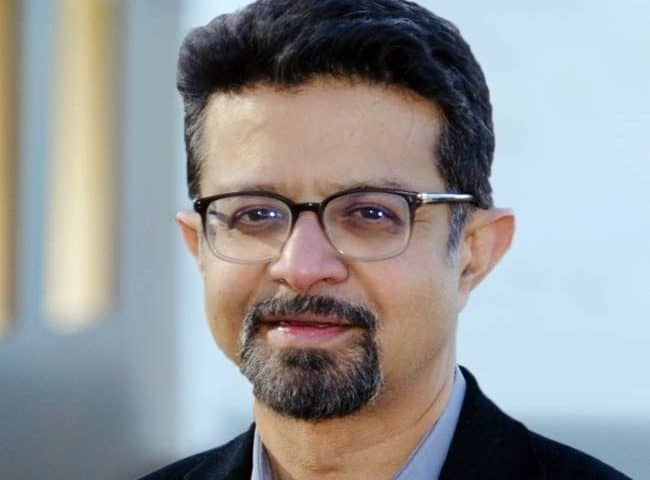Nearly a year after dropping its lead program and sinking its stock, Unity Biotechnology appears to be coming back on track with positive data in its phase 1 study in patients with advanced vascular eye disease.
The anti-aging biotech said Tuesday its small-molecule inhibitor of Bcl-xL, a senolytic therapeutic, was well tolerated in patients with diabetic macular edema (DME) and wet age-related macular degeneration (wet AMD).
Unity shares were up about 9% in early trading Tuesday morning.
The study of UBX1325 was conducted in patients for whom anti–vascular endothelial growth factor (anti-VEGF) therapy was not considered to be beneficial anymore. Anti-VEGF treatments include Roche’s Lucentis, Regeneron’s Eylea, Novartis’ Beovu and Roche’s Avastin.
UBX1325 showed improvements in retinal structure and vision for both DME and wet AMD patients in the phase 1 study, although this was in just 12 patients.
“We believe that as we’re seeing these effects in very advanced patients who have not been on anti-VEGF for several months, that this drug has the potential for a monotherapy treatment, but also one that could be combined with anti-VEGF, or could be suitable for people who switch out of anti-VEGF because they’re sub optimal responders,” said CEO Anirvan Ghosh, Ph.D., in an interview with Fierce Biotech.
“The imaging data demonstrating structural improvements in the retina are compelling at this stage of clinical development and represent defined endpoints for disease improvement,” said Jeffrey Heier, M.D., director of the Vitreoretinal Service and Retina Research at Ophthalmic Consultants of Boston, in a statement.
Unity is targeting senescence cell biology, which involves cells that become dysfunctional in the context of disease. “Many of them are in the retinal vasculature, and they can secrete inflammatory factors that will continue to damage the retina and lead to disease progression,” Ghosh said.
The first patient has already been dosed in a phase 2a study looking at the safety and efficacy of UBX1325 in a broader populations of patients with DME. Data for that trial is expected in the first half of next year. Unity is also enrolling more patients with advanced wet AMD in the phase 1 study to get more data to support a phase 2a study in that patient population.
“We believe that as we go to a broader patient population that are less advanced, we might see even greater efficacy,” Ghosh said. Unity wanted to go after a new mechanism since anti-VEGF treatments don’t work for all patients, Ghosh said, noting the senoletic mechanism “provided a great intersection between a novel biology that we wanted to explore and a disease where there was a big need for new classes of medicine.”
In the next 18 to 20 months, Unity will begin exploring other systems that have strong evidence of senescence biology.
“In neurology, it’s very similar mechanisms for neurodegenerative diseases, and there’s good evidence that there’s an accumulation of senescence cells in the context of aging in the brain, and age is one of the leading risk factors for neurological diseases like Alzheimer’s disease,” Ghosh said.
Ghosh became CEO of Unity in the months leading up to the pandemic, after having served as the early R&D chief at Biogen, which recently won approval for Alzheimer’s drug Aduhelm.
Months into the new role, Ghosh had to lead Unity through an overhaul after the company decided to drop its lead program for knee pain. Axing the program led to about a 30% reduction in Unity’s workforce last fall.
Ghosh said Unity is confident in UBX1325 and others in the pipeline because they are based on completely different indications and mechanisms compared to the knee program that was scrapped last year, and left lingering questions over its entire platform as well as its future.
“We have a leaner workforce, but super focused. The mood has been very positive. When you have these big pivots or changes, it can take a while for an organization to find its true north, but we were super clear about what we were going to do at that point, and we have been true to that commitment,” Ghosh said.

